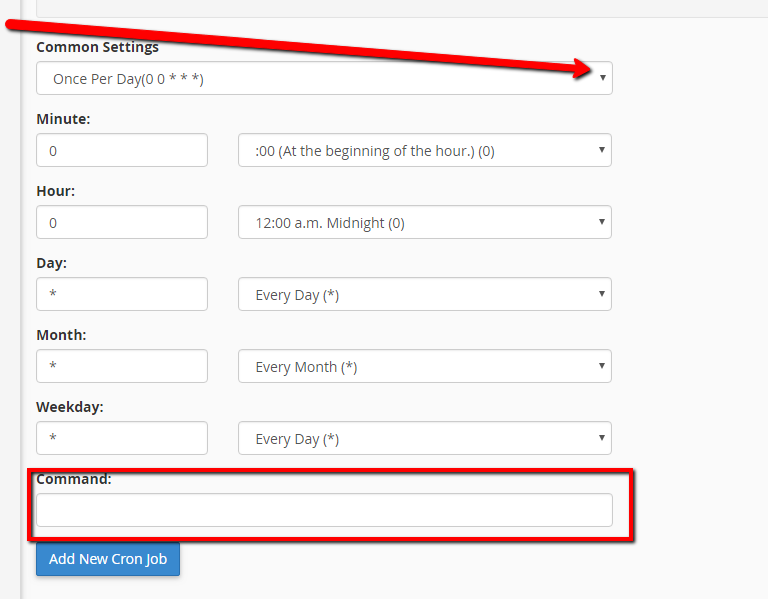Difference between revisions of "Automate MySQL Database Backup via Cronjob"
Docs admin (Talk | contribs) |
Docs admin (Talk | contribs) |
||
| Line 25: | Line 25: | ||
</syntaxhighlight> | </syntaxhighlight> | ||
<br> | <br> | ||
| − | For Example | + | For Example, cPanel username is example, database name is mydatabase, and database password is mypassword |
| + | <syntaxhighlight lang="bash"> | ||
date=`date -I`; /usr/bin/mysqldump -umyusername -pmypassword mydatabase > /home/example/mydatabase_$date.sql | date=`date -I`; /usr/bin/mysqldump -umyusername -pmypassword mydatabase > /home/example/mydatabase_$date.sql | ||
</syntaxhighlight> | </syntaxhighlight> | ||
Revision as of 16:33, 6 June 2018
Automating a MySQL Database backup in cPanel will take a few minutes of work, but only needs to be set up once.
In order to prevent this, you will create a logrotate file as well as another cronjob entry to automatically rotate out the older backups, to keep disk space down.
Contents
Create the Backup cron job in cPanel
1) Log into your cPanel
2) Go to Advanced -> Cron Jobs
3) Enter the email you wish to email the results of the cron job to.
4) Scroll down a bit, and either select a common setting (Once a day, once a week, etc) from the drop down. or enter a custom entry for days, weeks, months, etc.

5) For the command to run, enter the following command. Replace CPANELUSERNAME with your cpanel username. Replace DBUSERNAME with your database username. Replace PASSWORD with the database password, and CPANELUSERNAME with your cPanel username.
date=`date -I`; /usr/bin/mysqldump -uDBUSERNAME -pPASSWORD dbname > /home/CPANELUSERNAME/dbname$date.sql
For Example, cPanel username is example, database name is mydatabase, and database password is mypassword
date=`date -I`; /usr/bin/mysqldump -umyusername -pmypassword mydatabase > /home/example/mydatabase_$date.sql
This will create a sql file in your /home/cpanelusername directory with a name similar to mydatabase_20180101.sql.
6) Click the blue "Add New Cron Job" button when done.